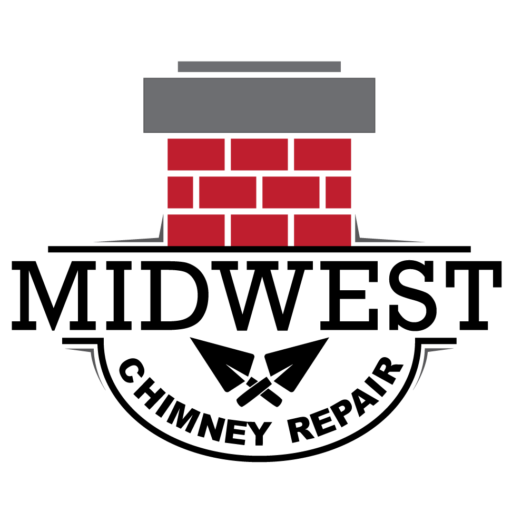
Tuck Pointing
What Is Tuck Pointing?
Tuck pointing is a vital practice aimed at replacing deteriorated mortar, effectively preventing water intrusion and safeguarding the integrity of the property. This task demands a high level of skill due to the intricate process of seamlessly blending the new mortar with the existing structure. Contractors meticulously remove the old mortar and replace it with matching-colored mortar, ensuring that the repair work seamlessly integrates with the surrounding bricks.
Identifying the Need for Tuckpointing
You can tell that your chimney needs tuck pointing if you notice cracks or gaps in the mortar, or if you spot dampness in your home. While tuck pointing is commonly associated with chimneys, it can be performed on any brick and mortar structure. Keeping an eye on basement walls for signs of dampness is essential, as it could indicate damage to the property’s mortar.
Understanding the Difference
While some use the terms interchangeably, there are subtle differences between repointing and tuckpointing. Both involve removing and replacing cracked mortar, but tuckpointing is a more skilled job that includes blending the new mortar to match the brickwork. Consequently, homeowners can expect to pay more for colored mortar and skilled work.
Why Does It Cost So Much?
Tuck pointing commands a higher price due to its labor-intensive nature and the meticulous attention to detail it requires. Despite the cost, investing in tuckpoint repair is worthwhile as it helps protect the roof and structure of the home. Additionally, it enhances the aesthetic appeal of the exterior, potentially increasing the property’s curb appeal.
Longevity of Tuckpointing
Properly executed tuckpointing can last for around 30 years, almost as long as the roof itself. However, properties in heavily weathered areas, such as coastal regions, may require more frequent tuckpointing. For reliable tuckpointing services, trust the expertise of Midwest Chimney Repair.

